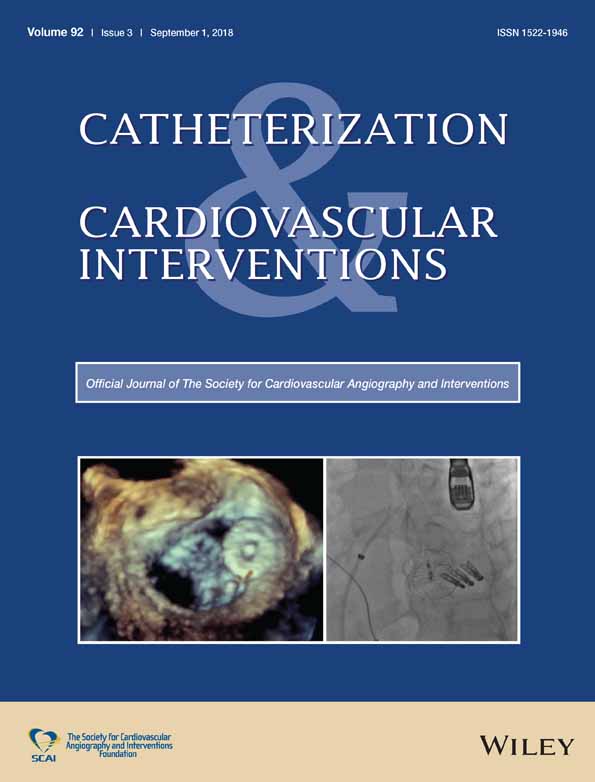Utility of the ACC/AHA lesion classification as a predictor of procedural, 30-day and 12-month outcomes in the contemporary percutaneous coronary intervention era
Abstract
Background
Correlations between the ACC/AHA coronary lesion classification and clinical outcomes in the contemporary percutaneous coronary intervention (PCI) era are not well established.
Methods
We analyzed clinical characteristics and outcomes according to ACC/AHA lesion classification (A, B1, B2, C) in 13,701 consecutive patients from the Melbourne Interventional Group (MIG) registry. Patients presenting with STEMI, cardiogenic shock and out-of-hospital cardiac arrest were excluded. The primary endpoints were 30-day and 12-month mortality. Secondary endpoints were procedural success as well as 30-day and 12-month major adverse cardiac events.
Results
Of the 13,701 patients treated, 1,246 (9.1%) had type A lesions, 5,519 (40.3%) had type B1 lesions, 4,449 (32.5%) had Type B2 lesions and 2,487 (18.2%) had Type C lesions. Patients with type C lesions were more likely to be older and have impaired renal function, diabetes, previous myocardial infarction, peripheral vascular disease and prior bypass graft surgery (all P < 0.01). They were also more likely to require rotational atherectomy, drug-eluting stents and longer stent lengths (all P < 0.01). Increasing lesion complexity was associated with lower procedural success (99.6% vs. 99.1% vs. 96.6% vs. 82.7%, P < 0.001) and worse 30-day (0.2% vs. 0.3% vs. 0.7% vs. 0.6%, P < 0.001) and 12-month mortality (2.2% vs. 2.0% vs. 3.2% vs. 2.9%, P <0.01). Kaplan Meier analysis showed complex lesions (type B2 and C) had lower survival at 12-months (P = 0.003).
Conclusions
PCI to more complex lesions continues to be associated with lower procedural success rates as well as inferior medium-term clinical outcomes. Thus the ACC/AHA lesion classification should still be calculated preprocedure to predict acute PCI success and clinical outcomes.
CONFLICT OF INTEREST
Nothing to report.




